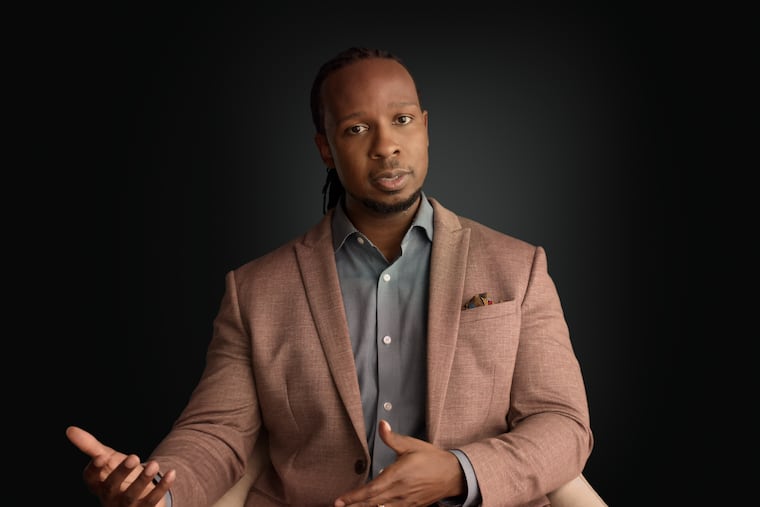Why I teach Black history through graphic novels
Books like "Stamped from the Beginning," "March," and "The Black Panther Party: A Graphic Novel History" help my students appreciate Black history.

I teach history with graphic novels. For my students, graphic novels bring historical figures to life through illustrations and thought bubbles — and sometimes even get them hooked on history.
After one such lesson, I overheard two of my students, Neveah and Kheira, discussing Stamped from the Beginning: A Graphic History of Racist Ideas in America by author Ibram X. Kendi and cartoonist Joel Christian Gill.
“I didn’t like history before, but this way of learning has made me more interested,” Neveah said.
I compare my role as a history teacher to being on the front lines of war. My weaponry consists of books filled with vibrant colors and comic sans fonts that are more impactful than traditional history textbooks. Our enemy is a lack of knowledge about our country’s past.
Right after I wrapped up my lessons on the Civil War, former governor of South Carolina and long-shot Republican presidential candidate Nikki Haley went viral for not knowing — or not being able to admit — what caused that conflict. My students, on the other hand, knew that slavery was the root cause of the Civil War. Stamped makes that connection clear. In the book, there is an illustration of the Confederate president, Jefferson Davis, boldly stating that “the inequality of white and black races” was “stamped from the beginning.” (Hence the title of Kendi’s series of books.)
My students read the graphic novel trilogy March to learn about John Lewis’ legacy as a front man of the civil rights movement and its connection to the modern-day Black Lives Matter movement. The books, written by Lewis and Andrew Aydin and illustrated by Nate Powell, make a clear connection between the promise of Barack Obama’s election as president and the timelessness of the struggle for social justice and racial equality. I’m very clear in explaining to my students that the Black Lives Matter movement is an extension of the long-standing fight for Black civil rights.
In traditional history textbooks, the Black Panther Party is often portrayed as a violent movement. In their graphic novel, The Black Panther Party: A Graphic Novel History, writer David F. Walker and illustrator Marcus Kwame Anderson help change this negative narrative through colorful illustrations and bold captions that point out the true purpose behind the self-defense group. The graphic novel portrays Angela Davis, who is all too often missing from traditional history books, rocking her natural afro during an interview about her take on violence. It’s vital for me to teach my students the difference between violence and self-defense in Black history. This particular graphic novel supports this courageous conversation.
But what if my ability to use these graphic novels in my classroom was taken away from me? I’m fortunate, at the moment, to have a progressive and supportive administration and school board who support my work and purchase some of these books. I’m well aware that that can change, however, depending on our state’s laws.
This is why I support State Rep. Paul Friel in his campaign to pass the Freedom to Read Act. This legislation would ensure that the First Amendment rights of students and teachers are protected as schools navigate book challenges and bans.
When I pulled Stamped out for our lesson, Kheira asked, “Why did William Lloyd Garrison, Harriet Beecher Stowe, and Frederick Douglass have disagreements if they shared the same cause in spreading awareness to eradicate slavery?”
My students and I then had a spirited discussion connected to the Black Lives Matter movement, and why it seems so hard for some people to understand that the statement is not an attack on other people’s right to live peacefully. This connection may have been missed without the help of the graphic novel that made my students appreciate Black history more than ever before.
Matthew Reid teaches humanities, American cultures, and African American studies at Upper Merion High School in King of Prussia. He is a 2023-2024 Teach Plus Pennsylvania Policy Fellow.